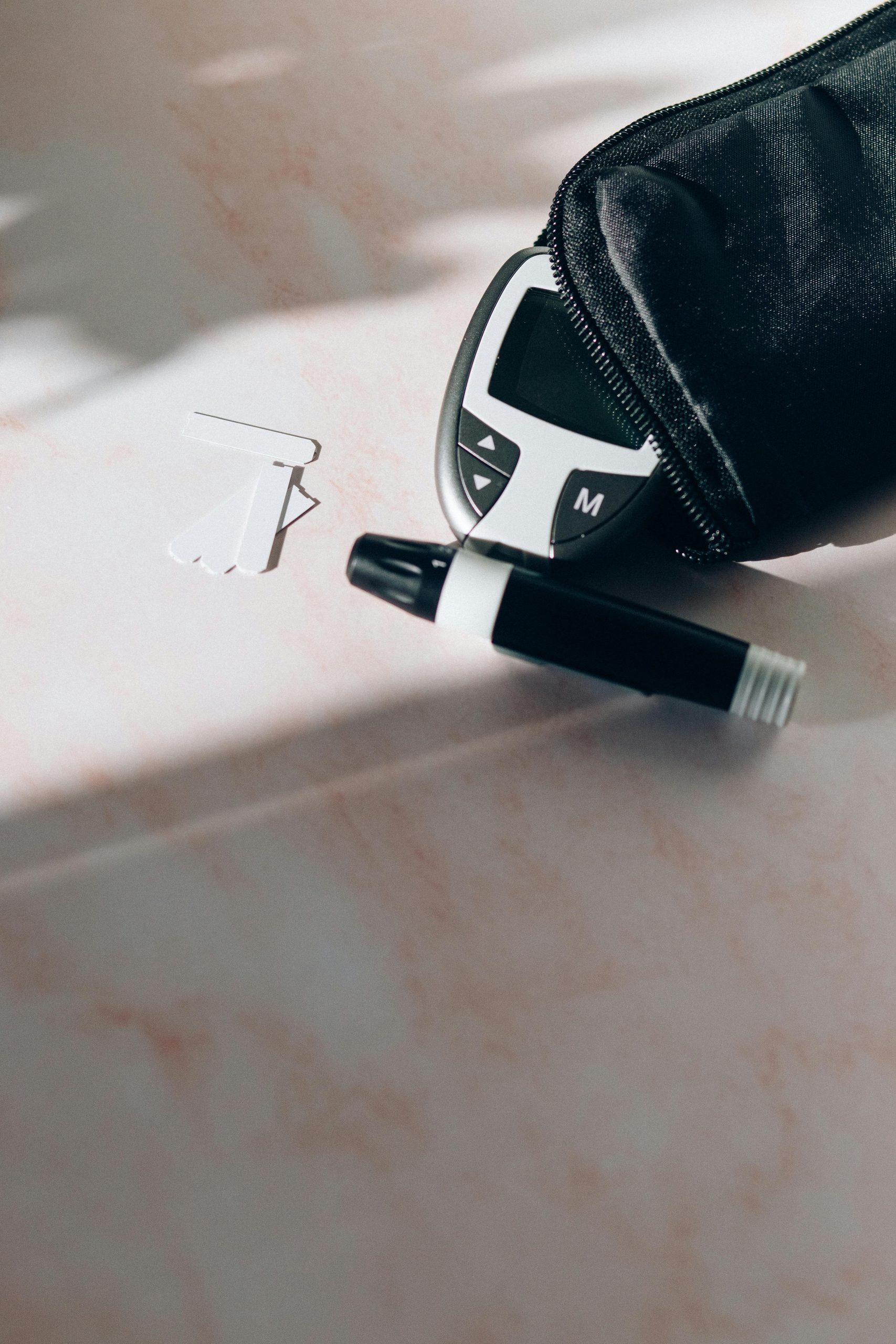In today’s hyperconnected world, technology is an integral part of our daily lives. From smartphones and social media to remote work and streaming services, digital devices keep us constantly plugged in. While technology offers convenience and connectivity, excessive screen time can lead to burnout, anxiety, and strained relationships. Establishing healthy tech boundaries is essential for maintaining mental well-being, productivity, and real-world connections. Here’s how you can reclaim control over your digital habits and create a balanced relationship with technology.
1. Assess Your Current Tech Usage
Before setting boundaries, it’s important to understand your current tech habits. Many people underestimate how much time they spend on their devices. Start by tracking your screen time using built-in tools on your smartphone or third-party apps. Look for patterns, such as excessive social media scrolling, late-night binge-watching, or constant email checking.
Steps to Evaluate Your Tech Habits:
- Use screen time tracking apps to monitor daily usage.
- Identify triggers—do you reach for your phone when bored or stressed?
- Note unnecessary distractions, like notifications from non-essential apps.
Once you have a clear picture of your habits, you can pinpoint areas where boundaries are needed most.
2. Set Clear Time Limits and Digital-Free Zones
Creating structured limits helps prevent tech from dominating your day. Designate specific times for checking emails, social media, and other digital activities—and stick to them. Equally important is establishing tech-free zones in your home, such as the bedroom or dining table, to encourage offline interactions.
Effective Strategies for Time and Space Boundaries:
- Schedule “tech breaks”—set aside 10-15 minutes every few hours to check notifications instead of constant scrolling.
- Turn off non-essential notifications to minimize distractions.
- Keep devices out of the bedroom to improve sleep quality.
- Implement a “no phones at meals” rule to foster meaningful conversations.
By setting these limits, you’ll regain control over your time and reduce digital overwhelm.
3. Prioritize Offline Activities and Mindfulness
Replacing screen time with offline hobbies and mindfulness practices can help break the cycle of digital dependency. Engaging in physical activities, reading, or spending time in nature provides a mental reset and reduces reliance on technology for entertainment.
Ways to Disconnect and Recharge:
- Dedicate time to hobbies like painting, gardening, or playing an instrument.
- Practice mindfulness or meditation to reduce stress and improve focus.
- Take regular walks without your phone to enjoy the present moment.
- Set aside “analog evenings”—replace screens with books or board games.
Balancing digital and offline activities fosters a healthier, more fulfilling lifestyle.
4. Communicate Your Boundaries with Others
Setting tech boundaries isn’t just a personal effort—it also involves communicating your limits to family, friends, and colleagues. Let them know when you’ll be unavailable or why you’re reducing screen time to manage expectations and avoid misunderstandings.
Tips for Effective Communication:
- Share your goals—explain why boundaries are important to you.
- Set work-life balance expectations, like not responding to emails after hours.
- Encourage group boundaries, such as phone-free gatherings with friends.
Open dialogue ensures others respect your boundaries and may even inspire them to adopt healthier habits too.
5. Use Technology to Enforce Your Boundaries
Ironically, technology itself can help you maintain healthy boundaries. Many devices and apps offer features to limit screen time, block distractions, and promote focus. Leverage these tools to stay accountable.
Helpful Digital Tools:
- App timers—set daily limits for social media or gaming apps.
- Focus modes—enable “Do Not Disturb” during work or relaxation time.
- Website blockers—restrict access to distracting sites during designated hours.
By using these features, you can automate boundary enforcement and reduce reliance on willpower alone.
Creating healthy tech boundaries in a hyperconnected world is an ongoing process. Start small, stay consistent, and adjust as needed to find what works best for you. By taking control of your digital habits, you’ll enjoy greater focus, deeper relationships, and a more balanced life—both online and off.

Leave a Reply